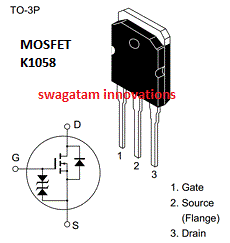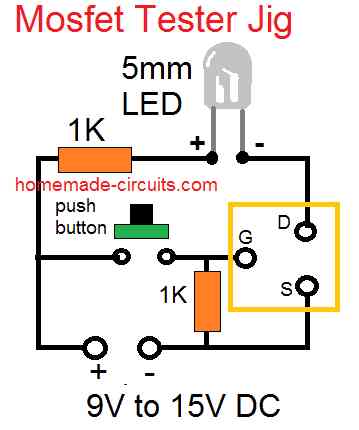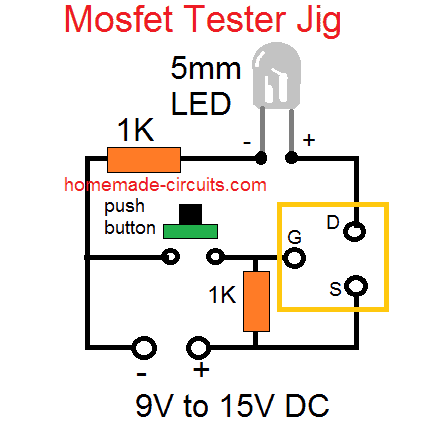In this post I have explained how to test mosfets using multimeter through a set of steps, which will show help you to accurately learn the good or faulty condition of a mosfet
Mosfets are Efficient but Complex Devices
MOSFETs are outstanding devices when it comes to amplifying or switching of various kinds of loads. Though transistors are also largely applied for the above purposes, both the counterparts are hugely different with their characteristics.
The amazing efficiency of mosfets are to a great extent neutralized by one drawback associated with these devices.It is the involved complexity which makes these components difficult to understand and configure.
Even the simplest of operations like testing a good mosfet from a bad one is never an easy task especially for the beginners in the field.
Though mosfets usually require sophisticated equipment for checking their conditions, a simple way using a multimeter is also considered effective most of the time for checking them.
We take the example of two types of N-channel mosfets, the K1058 and the IRFP240 and see how these mosfets can be tested using an ordinary digital multimeter through slightly different procedures.

How to Check N-Channel Mosfets
1) Set the DMM to the diode range.
2) Keep the mosfet on a dry wooden table on its metal tab, with the printed side facing you and leads pointed towards you.
3) With a screwdriver or meter probe, short the gate and drain pins of the mosfet. This will initially keep the internal capacitance of the device completely discharged.
4) Now Touch the meter black probe to source and the red probe to drain of the device.
5)You should see an "open" circuit indication on the meter.
6) Now keeping the black probe touched to the source, lift the red probe from drain and touch it to the gate of the mosfet momentarily, and bring it back to the drain of the mosfet.
7) This time the meter will show a short circuit (sorry, not short-circuit rather "continuity).
The results from the point 5 and 7 confirms that the mosfet is OK.
Repeat this procedure many times for proper confirmation.
For repeating the above procedure each time, you will need to reset the MOSFET by shorting the gate and the drain leads using meter probe as explained earlier.
How to Check P-Channel Mosfets
For P-channel the testing steps will be as per 1,2,3,4 and 5, but the polarities of the meter will change. Here's how to do it.
1) Set the DMM to the diode range.
2) Fix the mosfet on a dry wooden table on its metal tab, with the printed side facing you and leads pointed towards you.
3) With a any conductor or meter probe, short the gate and drain pins of the P-mosfet. This will initially enable the internal capacitance of the device to discharge, which is essential for the testing process.
4) Now Touch the meter RED probe to source and the BLACK probe to drain of the device.
5) You will find an "open" circuit reading on the meter.
6) Next, without moving the RED probe from the source, remove the black probe from drain and touch it to the gate of the mosfet for a second, and bring it back to the drain of the mosfet.
7) This time the meter will show a continuity or a low value on the meter.
That's it, this will confirm your mosfet is alright, and without any problems. Any other form of reading will indicate a faulty mosfet.
If you any further doubts regarding the procedures please feel free to express your thoughts in the comment section.
How to Test an IRF540 Mosfet
The procedures are exactly similar to the above explained N-channel mosfet testing procedures. The following video clip shows and proves how it may be implemented using an ordinary multi-meter.
Practical Video Tutorial
Simple Mosfet Tester Jig Circuit
If you are not convenient with the above mentioned testing procedure using a multimeter, then you can quickly construct the following jig for checking any N channel mosfet efficiently.

Once you make this jig, you can plug-in the relevant pins of the mosfet into the given G, D, S sockets. After this you just have to press the push button for confirming the mosfet condition.
If the LED glows only on pressing of the button, then your mosfet is fine, any other results will indicate a bad or defective mosfet.
The cathode of the LED will go to the drain side or drain socket.
For p-channel mosfet you could simply modify the design as per the following image

